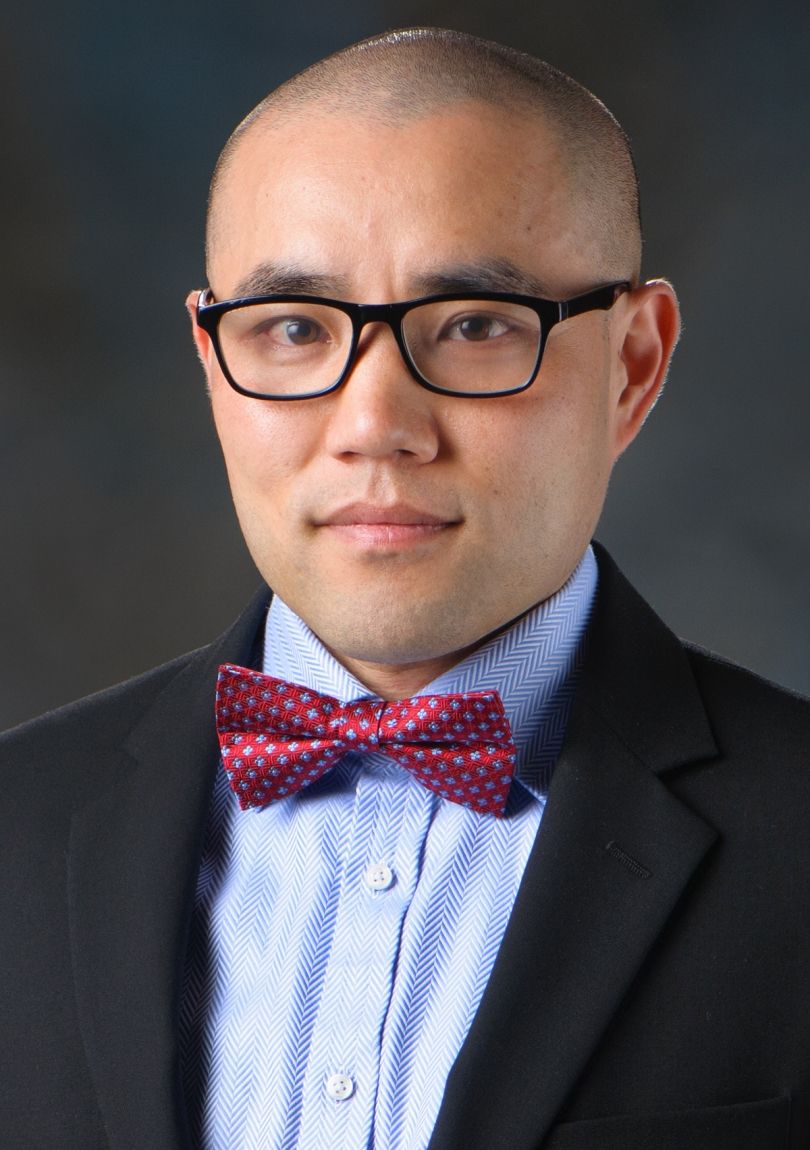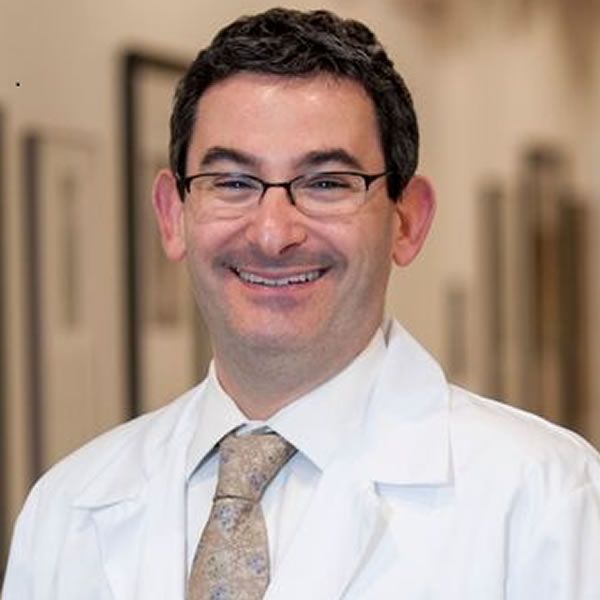News
Article
Results Show Strong Responses for Brentuximab Vedotin Plus Nivolumab Combo in Patients With cHL
Author(s):
Use of an antibody drug conjugate and a PD-1 inhibitor brings complementary mechanisms together while eliminating the most toxic agent that has been used in combinations to treat classic Hodgkin lymphoma (cHL).
Pairing brentuximab vedotin with nivolumab in a 4-drug regimen yielded highly positive responses in patients with various stages of classical Hodgkin lymphoma (cHL), according to data from 2 abstracts presented Sunday.
Results showed 100% of patients with early-stage disease remained progression-free at 12 months,1 while 88% of those with advanced disease were progression-free at 24 months.2
At the same session of the 65th American Society of Hematology Annual Meeting and Exposition in San Diego, California, investigators reported on parts B and C of SGN35-027 (NCT03646123), a phase 2 open-label, multicenter single-arm trial examining combinations of brentuximab vedotin in both early and advanced-stage cHL. Part B is studying the brentuximab and nivolumab regimen in patients with more advanced disease, while Part C is studying the regimen in patients with early-stage disease.
Use of brentuximab vedotin (Adcetris) and nivolumab (Opdivo) pairs an antibody drug conjugate (ADC) targeting CD30 and a PD-1 inhibitor, powerful therapies with complementary mechanisms, with doxorubicin and dacarbazine, chemotherapy drugs that have been part of well-known combinations. The regimen drops vinblastine, which has higher toxicity—and, of relevance today, has been among the drugs subject to recent shortages.
In the past 18 months, results for both brentuximab vedotin and nivolumab in HL have been highlighted at the American Society of Clinical Oncology (ASCO) annual meeting. In 2022, long-term data for brentuximab vedotin plus chemotherapy showed a 41% overall survival benefit in first-line treatment. In June, a head-to-head study found nivolumab plus chemotherapy reduced the risk of disease progression or death 52% over brentuximab vedotin. Alex F. Herrera, MD, of City of Hope, who presented the nivolumab study, said he looked forward to seeing the results combining nivolumab with brentuximab vedotin.
Although the presenters were both from academic centers, many of the patients enrolled in SGN35-027 were enrolled in community oncology research centers around the country, including Sarah Cannon Research Institute, Tennessee Oncology, Texas Oncology, Florida Cancer Specialists & Research Institute, Rocky Mountain Cancer Centers, and Willamette Valley Cancer Institute and Research Center in Eugene, Oregon.
Part B results. The 58 patients enrolled had a median age of 35 years; all had stage II bulky mediastinal disease (≥10 cm), stage III, or stage IV cHL. Investigators noted that most patients with these diagnoses of cHL will relapse within 18 to 24 months after starting treatment, so results presented in 2022 that showed promising efficacy, including an overall response rate (ORR) of 93% and a complete response (CR) rate of 88% at the end of therapy, were quite encouraging.
Patients in Part B received up to 6 cycles of the regimen, which consisted of 1.2 mg/kg of brentuximab vedotin, 240 mg of nivolumab,
Hun Ju Lee, MD | Image credit: MD Anderson

25 mg/m2 of doxorubicin, and 375 mg/m2 of dacarbazine. The primary efficacy end point was CR at end of treatment. Key secondary end points included safety and tolerability, ORR, duration of response (DOR), duration of complete response (DOCR), and progression-free survival (PFS); according to the abstract, this was assessed by investigators “using the Lugano Classification Revised Staging System for malignant lymphoma incorporating Lymphoma Response to Immunomodulatory Therapy Criteria for nodal non-Hodgkin and Hodgkin lymphomas.”
Results were as follows:
- Of the 58 patients enrolled, all but 1 received at least 1 dose of the study regimen.
- ORR at end of treatment (CR plus partial responses) was 95% (95% CI, 85.1-98.9); CR was 89% (95% CI, 78.1-96.0).
- A total of 88.3% (95% CI, 75.7-94.6) of responders had a DOR of at least 24 months, and 88.4% (95% CI: 76.0, 95.0) of responders had a DOCR of at least 24 months.
- PFS events were reported for 7 patients (12%). Six had disease progression and 1 died of sepsis outside the safety reporting period. Investigators reported an estimated PFS rate at 24 months of 88.3% (95% CI, 75.7-94.6). Median follow-up was 24.2 months (95% CI, 23.4-26.9).
Hun Ju Lee, MD, of The University of Texas MD Anderson Cancer Center, who presented the Part B results, said the regimen was very well tolerated. “There were no cases of febrile neutropenia. I think this is very important,” he said. “In terms of peripheral neuropathy, we felt that a majority of the cases were low grade, and 28% of the patients had complete resolution with further follow-up.”
Part C results. The 154 patients enrolled had a median age of 31 years, and all had stage I or II cHL without bulky disease. Dosing was the same
Jeremy S. Abramson, MD | Image credit: MGH

as in Part B except patients had up to 4 cycles of the regimen. Primary and secondary end points were the same as Part B. Results, which were presented by Jeremy S. Abramson, MD, director of the Jon and Jo Ann Hagler Center for Lymphoma at Massachusetts General Hospital, were as follows:
- Among 150 efficacy-evaluable patients, ORR was 98% (95% CI, 94.3-99.6) with CR of 93% (95% CI, 88.1-96.8) at the end of treatment.
- The 99% of patients responding (95% CI, 95.0-99.9) had a DOR beyond 12 months, with 98% having a CR (95% CI, 93.7-99.6) with the DOCR beyond 12 months.
- Investigators reported a PFS rate of 100% (95% CI, 100%-100%) at 12 months and 97% (95% CI, 90.3-99.1) at 18 months.
“Hodgkin lymphoma commonly strikes young adults, and our goal is to achieve the highest cure rate possible while reducing treatment and toxicity burden,” Abramson said in a statement. “These data show encouraging activity and safety for combining an ADC and immunotherapy, 2 medicines that have distinct and complementary mechanisms of action, allowing reduced reliance on traditional cytotoxic chemotherapies.”
References
1. Abramson JS, Prince HM, Re A, et al. Brentuximab vedotin, nivolumab, doxorubicin, and dacarbacine (AN + AD) for early-stage classical Hodgkin lymphoma (SGN35-027 Part C). Presented at: 65th American Society of Hematology Annual Meeting & Exposition: December 9-12, 2023; San Diego, CA. Abstract 611. https://doi.org/10.1182/blood-2023-172574
2. Lee HJ, Flinn IW, Melear J, et al. Brentuximab vedotin, nivolumab, doxorubicin, and dacarbazine for advanced stage classical Hodgkin lymphoma: efficacy and safety results from the single arm phase 2 study. Presented at: 65th American Society of Hematology Annual Meeting & Exposition; December 9-12, 2023; San Diego, CA. Abstract 608. https://doi.org/10.1182/blood-2023-173972

The Importance of Examining and Preventing Atrial Fibrillation




